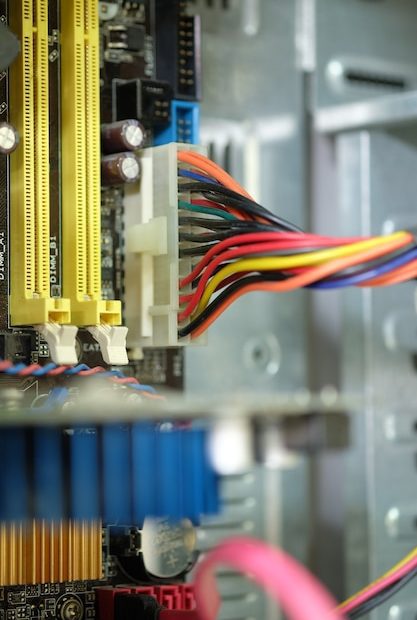How to Decommission a Media Server in NetBackup
Introduction
In the world of data management and storage, the decommissioning of media servers is a critical task that requires careful planning and execution. Whether you are upgrading your infrastructure or retiring an outdated server, the process needs to be handled properly to ensure data integrity and minimize disruption to your operations. This article will provide a step-by-step guide on how to decommission a media server in NetBackup, specifically tailored for a UK audience.
Understanding NetBackup Media Servers
Before diving into the decommissioning process, it is important to understand the role of media servers in NetBackup. Media servers act as intermediaries between the NetBackup master server and the storage devices where the backup data resides. They are responsible for managing the movement of data between clients, storage devices, and tape libraries.
The Decommissioning Process
Step 1: Plan and Prepare
Like any major project, proper planning is essential when decommissioning a media server. Start by identifying the media server that needs to be decommissioned and the associated backup policies and storage units that are using it. Take note of any dependencies or unique configurations.
Next, communicate with all relevant stakeholders, including system administrators, backup operators, and end-users who might be affected by the decommissioning. Inform them about the timeline, potential downtime, and any alternative arrangements to ensure a smooth transition.
Step 2: Verify Backup and Restore Processes
Before proceeding with the decommissioning, it is crucial to ensure that your backup and restore processes are working correctly. Run a series of tests to confirm that the existing backup policies are functioning as expected and that you can successfully restore data from both disk and tape backups.
Step 3: Transfer Data and Policies
Once you have verified the backup and restore processes, it’s time to transfer the data and policies from the media server you wish to decommission to another active media server. This transfer can be done manually or through automated processes, depending on your preference and the complexity of your setup.
Ensure that all necessary policies, schedules, and storage units are replicated on the new media server. Update any client configurations to reflect the changes in media server assignments.
Step 4: Redirect Client Backups
With the data and policies successfully transferred, you need to redirect client backups to the new media server. This is done by updating the client properties in NetBackup to point to the appropriate media server.
Carefully review all affected clients and update their configurations accordingly. Depending on the number of clients involved, this step may require a systematic approach to avoid overlooking any important systems.
Step 5: Test and Monitor
After redirecting client backups, conduct thorough testing to ensure that data is flowing correctly from the clients to the new media server. Perform both backup and restore tests to validate the entire backup workflow and verify the integrity of the data.
Throughout the testing phase, closely monitor the new media server’s performance, capacity, and any potential issues that may arise. Address any concerns promptly to maintain a stable backup environment.
Step 6: Document and Archive
Once the decommissioning process is complete and the new media server is fully operational, document all changes made during the transition. Update your system documentation, including network diagrams, backup procedures, and client configurations.
Additionally, consider archiving any data or logs from the decommissioned media server for future reference or compliance requirements. Ensure that adequate backups of this archival data are created and stored securely.
Conclusion
Decommissioning a media server in NetBackup is a critical task that requires thorough planning and execution. By following the step-by-step guide outlined in this article, you can ensure a smooth transition, maintain data integrity, and minimize disruptions to your backup operations.
Remember, proper planning, preparation, and testing are key to successful decommissioning. Take the time to communicate with stakeholders, verify backup processes, transfer data and policies, redirect client backups, test thoroughly, and document all changes made during the process. By doing so, you can decommission a media server in NetBackup with confidence and efficiency.



